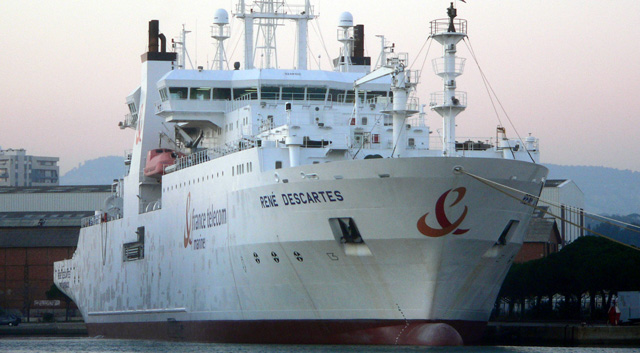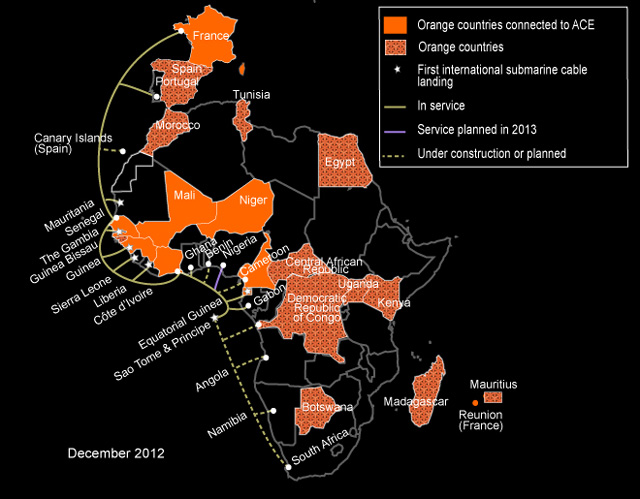
The first phase of the US$700m (about R6bn) Africa Coast to Europe (Ace) submarine telecommunications cable has gone live, with the section between France and São Tomé and Príncipe now carrying data traffic.
The project is being led by French telecoms giant France Telecom-Orange. The second phase of the cable will see it being extended south to South Africa, offering extra capacity to existing international networks already deployed in the region.
The Ace cable follows roughly the same route as the West African Cable System. Wacs, with a design capacity of 5,1Tbit/s, was taken live this year.
Already, the Ace cable connects 13 countries along its route. Two landlocked countries, Mali and Niger, will also be connected through extensions to the terrestrial network. Nigeria will be connected to the cable in 2013.

Seven of the countries now connected — The Gambia, Guinea, Equatorial Guinea, Liberia, Mauritania, São Tomé and Príncipe and Sierra Leone — have a direct connection to a submarine telecoms cable for the first time. “By using this new network, the telecoms operators in these countries will now be able to develop innovative broadband services that are essential to their economic and social development,” France Telecom-Orange says in a statement.
The first phase of the Ace cable runs for of 12 000km. When it is extended to South Africa, it will be 17 000km in length. In the second phase, a further seven countries will get landing stations.
Like Wacs, Ace has a design capacity of 5,1Tbit/s and uses 40Gbit/s dense wavelength-division multiplexing technology. — (c) 2012 NewsCentral Media




